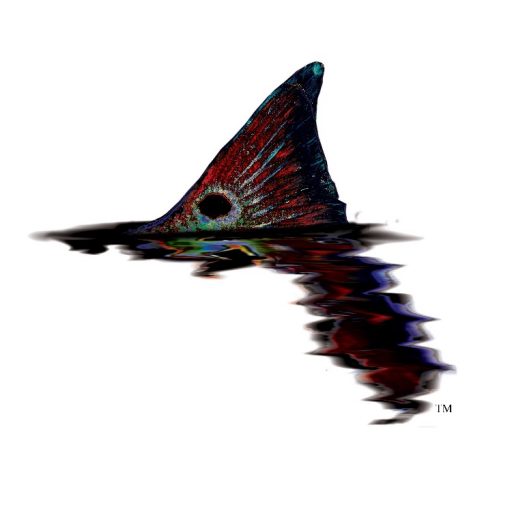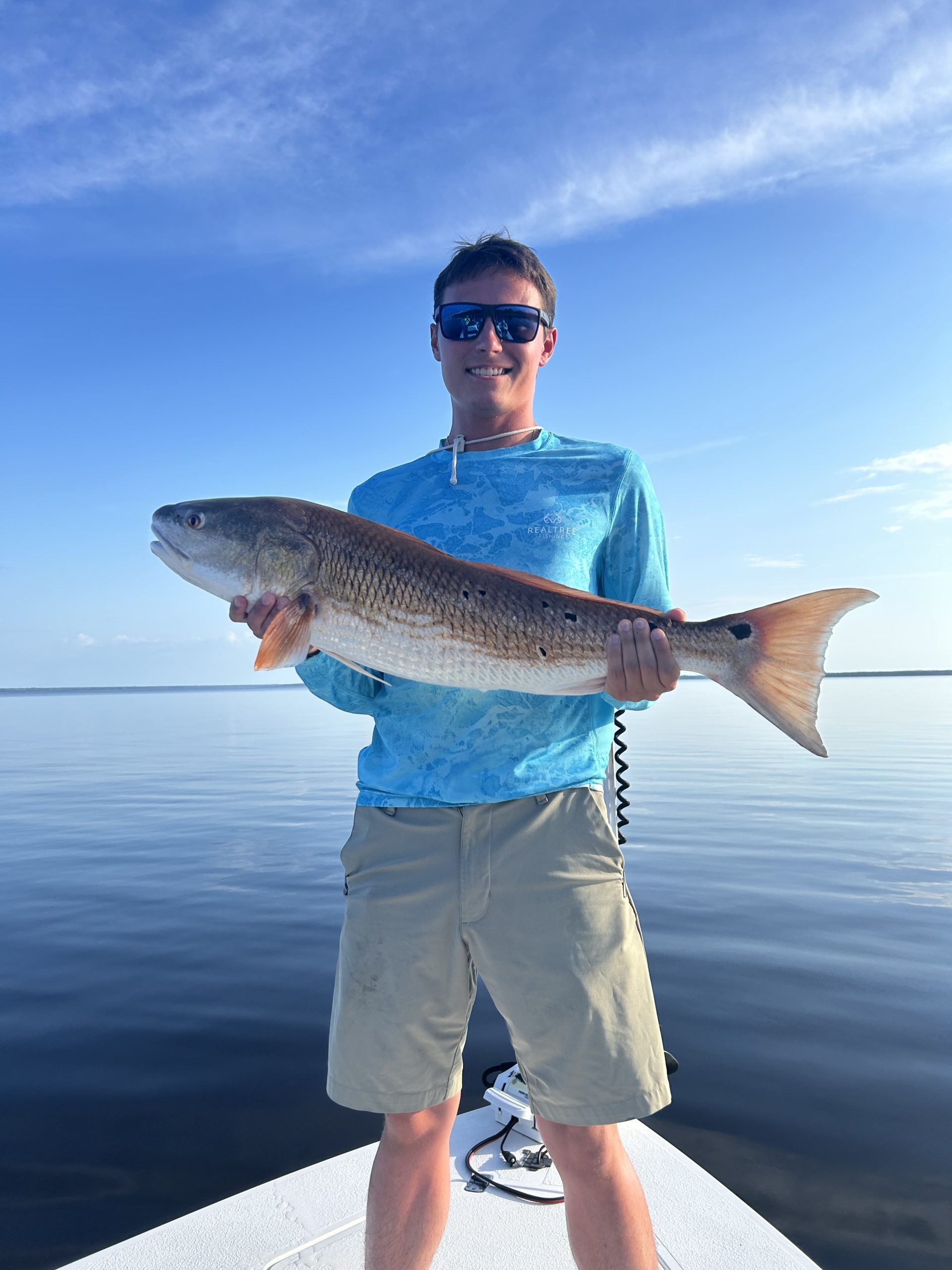Both the crevalle jack and the pompano belong to the jack family Carangidae and have similar features. However, it is worth noting as early as now that there are key differences that can help you distinguish the two from one another.
Identifying a crevalle jack from a pompano means weighing all other variables such as body shape, head size, color, and fin size. Today, let’s take a deeper look into how to tell the difference between a crevalle jack and a pompano.
Looking Into the Common Confusion
Jack crevalle and pompano are frequently misidentified. They share a body type known as the carangid (jack) body type. They also live in similar neighborhoods as both species live in temperate and tropical coastal waters, and they move south in the winter. Both consume the same foods and are known for their aggressive feeding habits and violent bouts.
Both come in packs for traveling and hunting. Species vary in size, however, since a pompano can grow to the size of a young crevalle jack. The fins of both species are brightly golden or gold, which may cause further confusion.
Pompano and Crevalle Jack: The Differences
The Color
Both have golden fins, though the colors vary. You may find that a pompano has a silvery appearance and a blue shimmer in the water. Meanwhile, a crevalle jack is bronze with blue, green, and yellow undertones.
The Head
The head of a pompano is more rounded and slopes more sharply towards the nose than that of a jack. A pompano’s head tapers like a football, whereas a crevalle jack’s forehead is very abrupt. The mouth of a pompano is smaller than that of a crevalle jack.
The Size
The two fish differ the most in size. A pompano is usually only up to 1 foot long and weighs several pounds. Meanwhile, a crevalle jack may be up to 3 feet long and up to 5 pounds.
The Taste
Pompano is one of the tastiest fish. Their flesh is flaky, juicy, and has a salty/sweet flavor. Their uniform thickness aids cooking in preparation and presentation. Pompano is so popular that it is raised professionally and sold at a high price.
Meanwhile, in the jack, the flesh is dark, gritty, and oily. Many people call them “garbage fish” and avoid eating them—their main purpose is as game fish. Few crevalle jack recipes call for soaking the fish in milk, swiftly bleeding it, coating it in juice, or any other method of masking its flavor.
What to Know About Identifying a Jack Crevalle
The crevalle jack (also called jack crevalle, common jack, or black cavalli) is distinguished by a number of traits. These features include a blunt head profile, golden fins, and a bronze/yellow coloration.
There is a dark spot on the gill cover, and the pectoral fins have dots. The pectoral fins of jacks are longer and more pointed than those of pompano.
The size of the crevalle jack’s second dorsal and anal fins is comparable. The jack has a two-part dorsal fin. Although juvenile jacks may lack a double fin, this is the best way to tell them apart.
Another distinguishing feature of the crevalle jack is the base of its tail. Pompano does not have scutes, whereas Jack has sharp scutes.
What to Know About Identifying a Pompano
First, consider a carangid’s body shape, football-shaped head, silver color, and yellow fins. Pompano lack the jacks’ pectoral fin dots and gill cover. The pectoral fins are rounded rather than pointed.
The pompano, unlike the crevalle jack, has a single dorsal fin and a symmetrical, profoundly v-shaped tail. Moreover, unlike the crevalle jack, the base of the pompano’s tail is smooth.
Conclusion
Learning how to fish means learning about the fishes that surround us and making this activity special each time. This is why we put importance on being able to identify one fish from the other. Now that you have learned how to distinguish a crevalle jack from a pompano, it’s time to practice this newfound knowledge!
If you’re looking for things to do in Navarre, FL, Showintail Inshore Charters can show you a good time through professional fishing services. We are a team that can guide you and your family through a fun and safe fishing activity. Contact us today!



Comments are closed